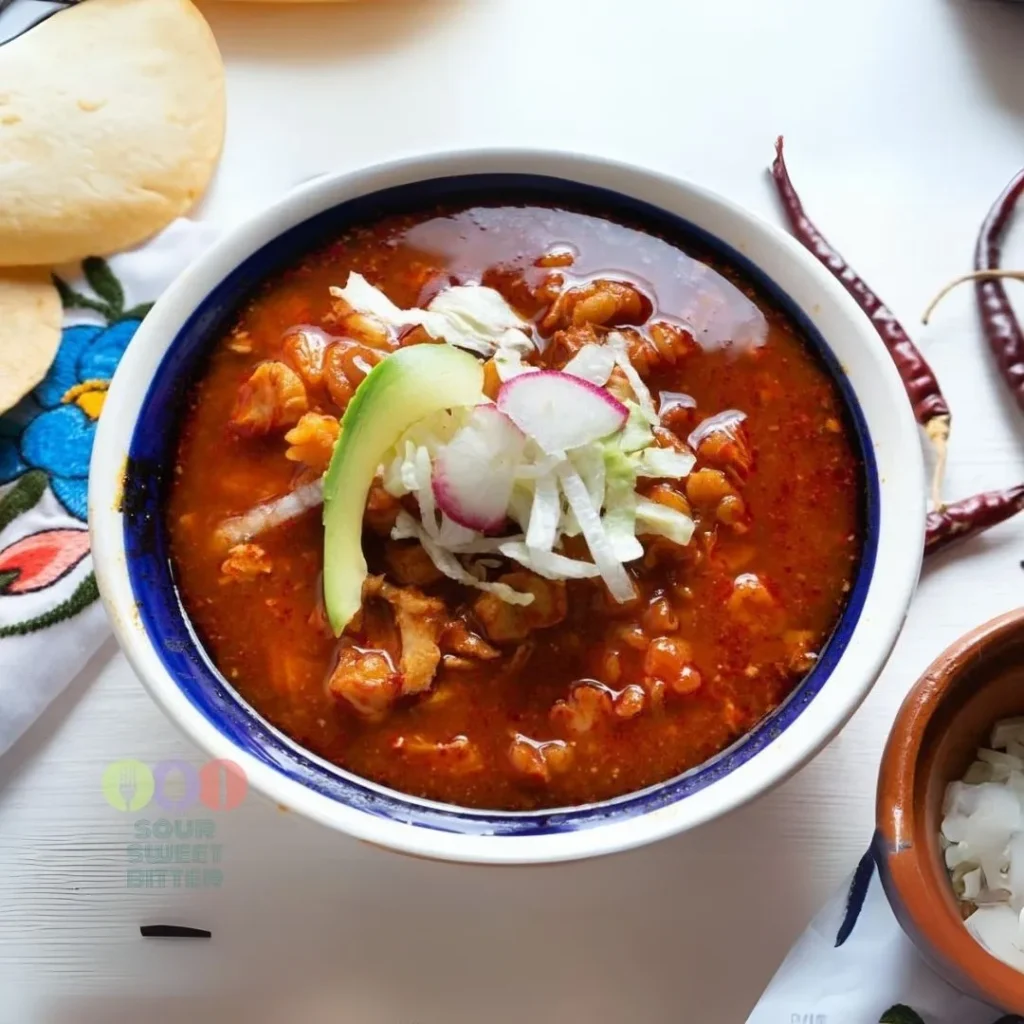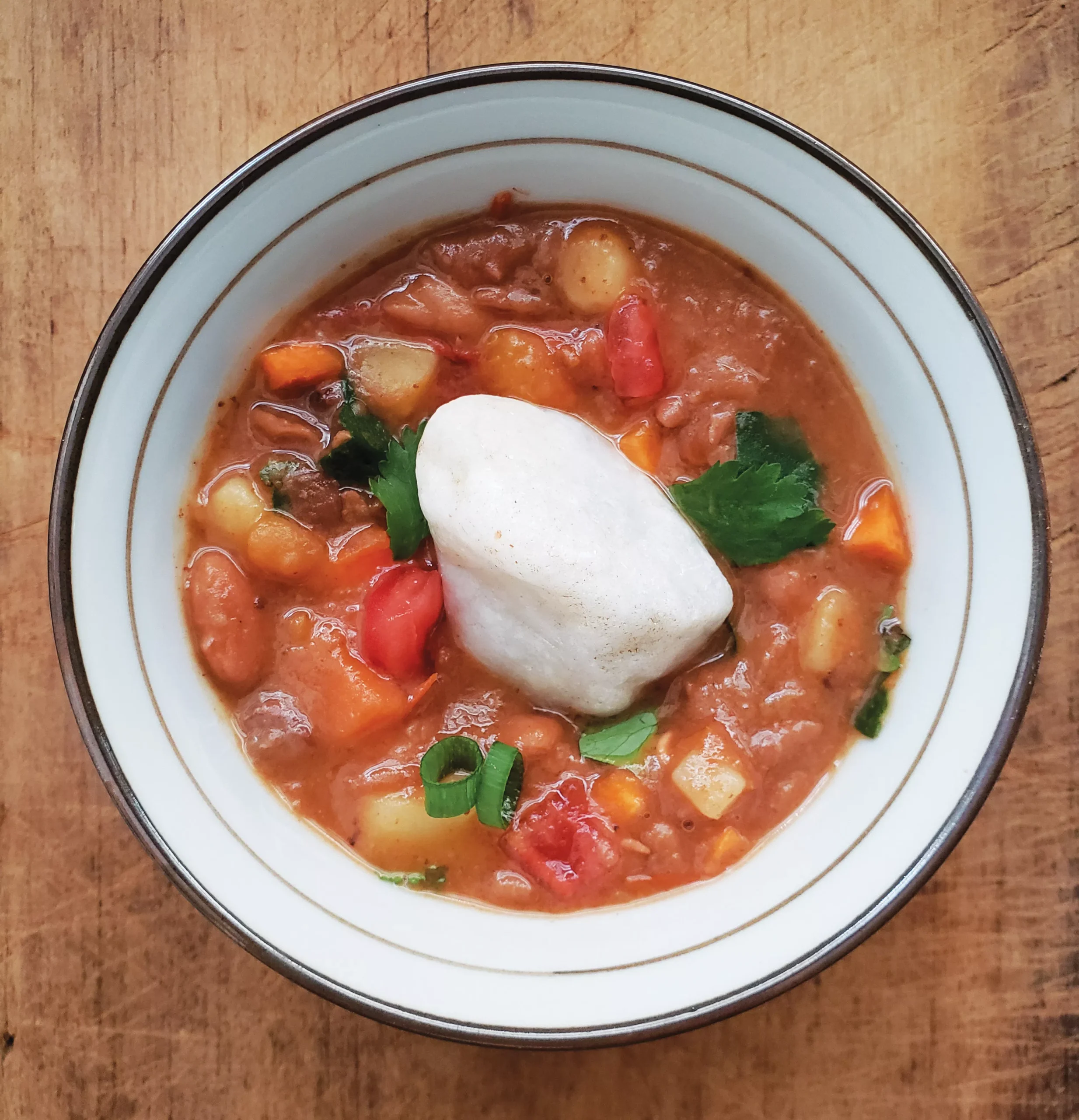The Timeless Legacy of Mexican Pozole
Pozole carries centuries of tradition in its rich, aromatic broth. It’s not just a meal; it’s a cultural emblem, a symbol of resilience, and a dish that unites people during celebrations. From ancient rituals to modern gatherings, this hearty stew continues to bring families together, honoring Mexico’s deep culinary roots.
Ancient Rituals Gave Birth to This Iconic Dish
Pozole’s origins trace back to pre-Hispanic civilizations, where maize was more than food—it was life itself. The Aztecs believed that humans were created from corn, which made it sacred. As a result, they reserved Pozole for special religious ceremonies.
Historical records reveal that early versions of this dish contained protein sources tied to rituals. However, after the Spanish arrived, pork became the primary meat, transforming Pozole into the dish we know today. Despite these changes, its significance never faded. Instead, it became an integral part of Mexican identity.
A Dish That Brings People Together
Pozole doesn’t just nourish the body; it feeds the soul. Traditionally served on Mexican Independence Day, Christmas, and Las Posadas, it represents warmth, unity, and heritage. Families gather around steaming bowls, sharing stories and laughter while enjoying a meal that connects generations.
Three Versions That Showcase Regional Diversity
Mexico’s vast landscape has influenced Pozole in unique ways. Different regions have developed distinct versions, each offering a different take on this beloved dish:
- Pozole Rojo – This variation gets its deep red color from dried chilies, creating a smoky and bold flavor.
- Pozole Blanco – A simpler version without chilies, allowing the natural sweetness of hominy and pork to stand out.
- Pozole Verde – Fresh tomatillos, cilantro, and green chilies give this version a tangy and herbaceous touch.
Each style reflects local ingredients, traditions, and culinary preferences, showcasing Mexico’s diverse flavors.
The Secret to a Perfect Bowl of Pozole
Great Pozole requires patience and care. The preparation starts by simmering hominy, which softens into tender, chewy kernels. Meanwhile, the broth absorbs rich flavors from garlic, onions, and a variety of spices as the meat slowly tenderizes.
Once ready, the dish comes to life with toppings. Crisp shredded cabbage, thinly sliced radishes, fresh lime wedges, dried oregano, and spicy chilies create a perfect balance of texture and flavor. These finishing touches add color and crunch, elevating the dish from comforting to unforgettable.
A Tradition That Stands the Test of Time
Pozole is more than a recipe—it’s a celebration of heritage and togetherness. Whether enjoyed in a bustling market or at a family dinner, it continues to bring people closer. Its story lives on in every bowl, reminding us that some traditions never lose their warmth.adition.
Discover Traditional North American Recipes Discover Traditional Mexican Recipes 🎄 See More Christmas Recipes 🎄Ingredients
For the soup:
For the sauce:
For the garnish:
Instructions
-
Heat the water in a large pot. Add the onion, garlic, salt, meat and ribs. Bring to the boil and then lower the heat to cook the meat for approximately 2.5 hours, or until the meat falls off the bone.
-
While the meat is cooking, stir with a ladle the layer of foam and fat that forms on the surface of the broth. If necessary, add more hot water to maintain the same level of stock in the pot.
-
When the meat is cooked, separate it from the stock. Trim the stock of excess fat, rib bones, onion and garlic.
-
To prepare the sauce, soak the ancho and guajillo chillies for 25 minutes in enough water to cover them.
-
Once the chillies are soft, drain them and place them in a blender along with the garlic, onion and oregano, adding a little of the soaking water. Blend until it has the consistency of a smooth sauce.
-
Heat the oil in a frying pan over medium-high heat; add the sauce, season with salt to taste (stir constantly, as it tends to boil over). Reduce heat and simmer for approx. 25 minutes.
-
Add the sauce to the stock by straining it through a sieve first. Bring to the boil and add the meat. Simmer on low heat for approx. 10 minutes. Add the corn and season with salt and pepper. Continue cooking until the corn is cooked through.
-
Serve the pozole in a deep dish and place the garnish on the side as shown in the picture.
-
Your traditional Pozole is ready.
Note
- You can prepare the sauce a few days in advance so that you don't have to do it all on the same day. The sauce can also be frozen, and used for other stews such as adobo or enchiladas.
- Pozole tastes better the next day, so if you are preparing it for a party or special occasion you can prepare it in advance, and just reheat it. It also keeps very well in the freezer with the corn and everything, and can be reheated weeks later.
- If you want to use raw cacahuazintle corn and cook it yourself, rinse the corn, remove any kernels that look dry or old. Place the corn in a pot with enough water to cover at least 8-10 centimetres above the corn kernels. Add a quarter of a white onion, two cloves of garlic, herbs if you like, and cook for about an hour and a half until the corn pops. It can be a little more or a little less time. This is for 750 grams of corn. Once ready, drain it and add it to the pozole as indicated in the recipe.




















